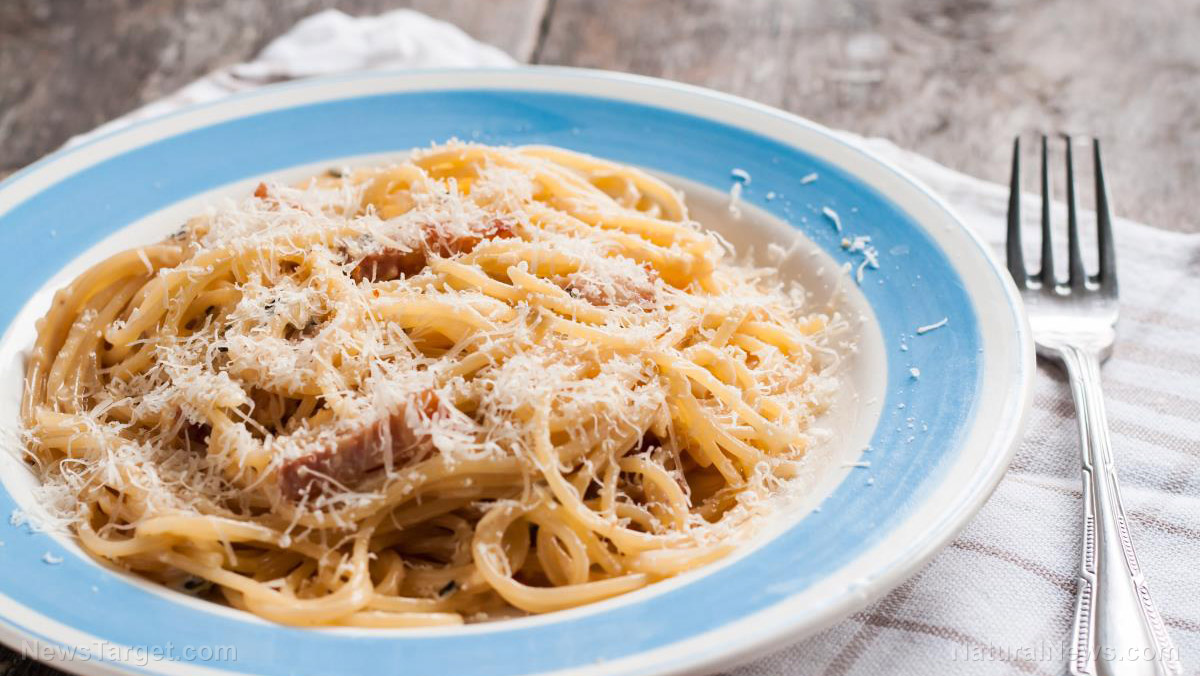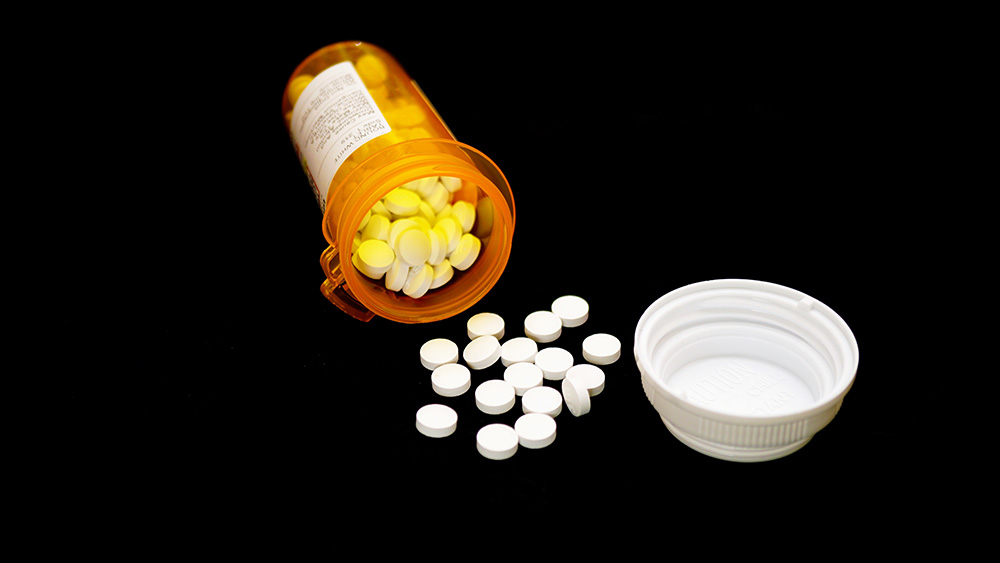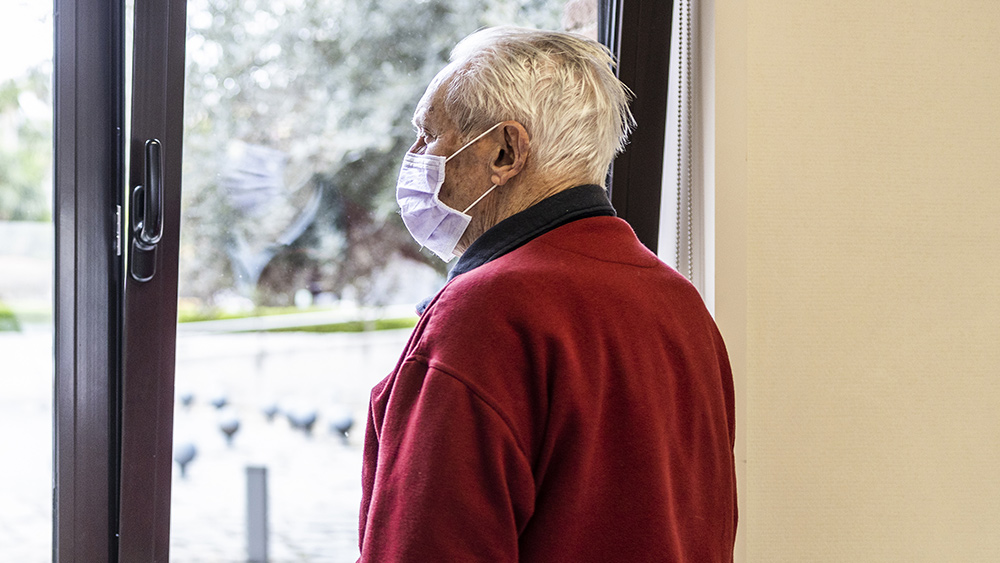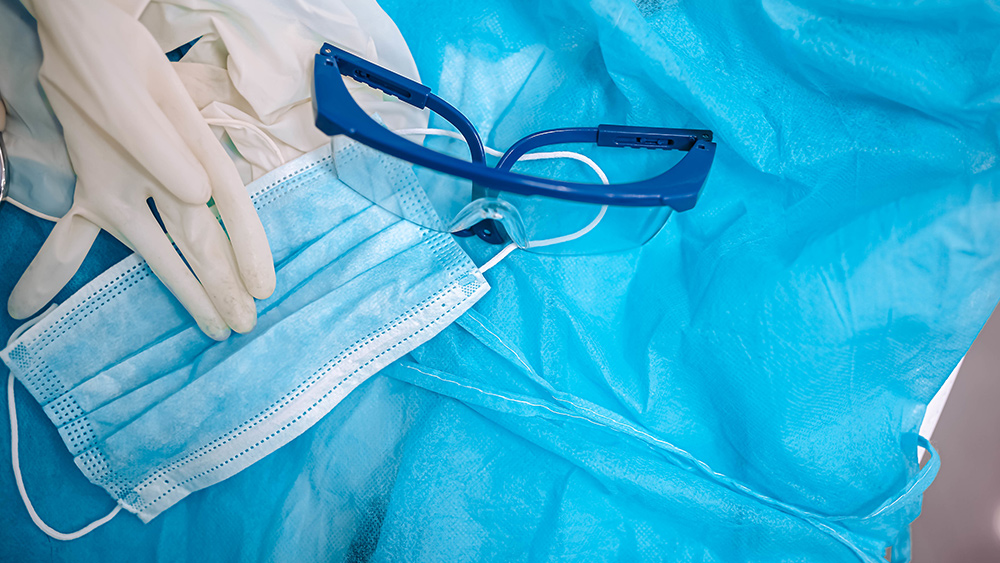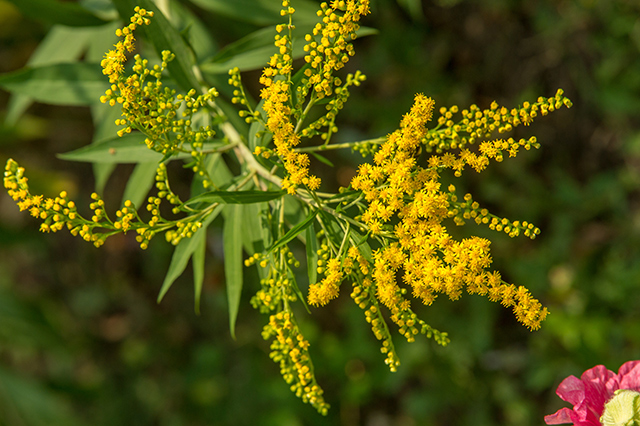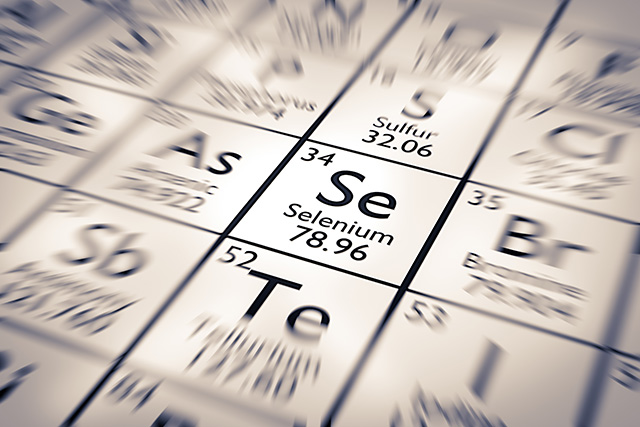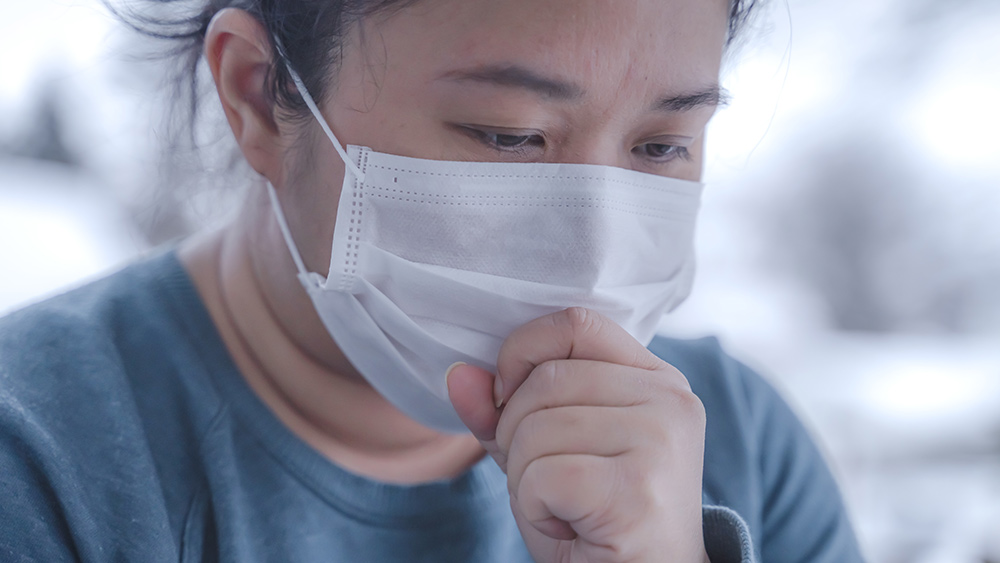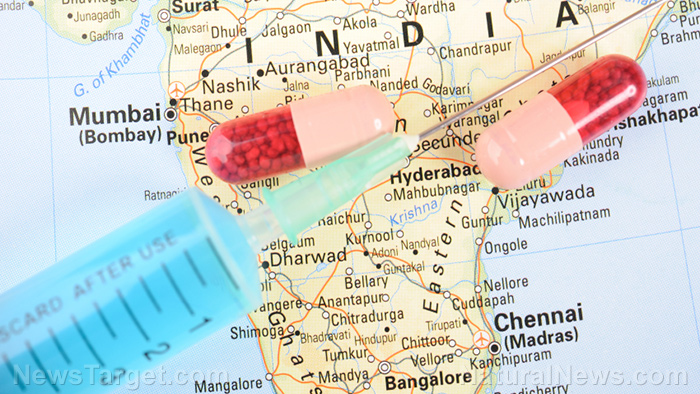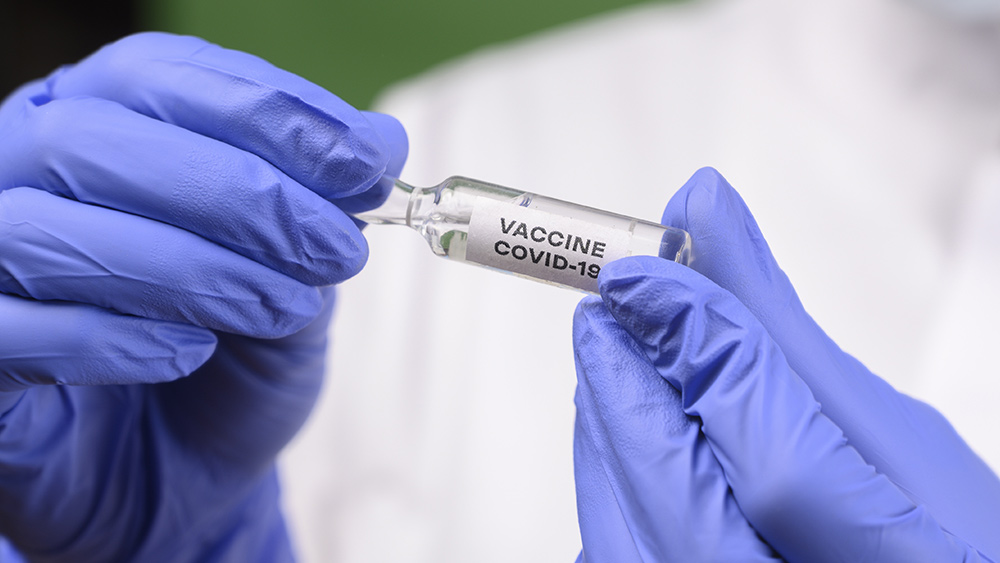Fruit extracts from plants native to Zimbabwe and Madagascar found to be useful in preventing cancer
05/01/2020 / By Franz Walker

People in Zimbabwe and Madagascar have been using plants like Annona stenophylla (dwarf custard-apple) and Flacourtica indica (governor’s plum) as medicines for years. Dwarf custard-apple is a traditional remedy for Type 2 diabetes, gonorrhea, syphilis and abdominal pain. Meanwhile, governor’s plum is used to treat body pain and, in some cases, snakebite.
In a recent study, scientists from Zimbabwe and Kazakhstan explored the potential of fruit extracts from both plants to prevent cancer. They investigated the ability of the polyphenols found in their fruits to inhibit the hemolysis of red blood cells and to scavenge cancer-causing free radicals, which are produced upon exposure to ultraviolet (UV) light.
A. stenophylla and F. indica fruit extracts can scavenge free radicals
Free radicals form in the body when an atom or molecule either loses or gains an electron. In the body, this usually happens due to exposure to ionizing radiation such as UV light. While these free radicals normally play a role in some cellular processes, at high concentrations they can cause damage to various components of cells, such as DNA, proteins and cell membranes. This damage, especially to cell DNA, plays a huge role in the development of cancer.
Antioxidants are compounds that protect cells from damaging free radicals. They can do this because they’re stable enough to donate an extra electron to free radicals, which normally have unpaired electrons. This effectively neutralizes unstable free radicals and prevents them from stealing electrons from cell components — an event that leads to cellular damage. (Related: Cancer prevention: 6 Ways nature helps you fight cancer.)
To test whether the polyphenols in dwarf custard-apple and governor’s plum could scavenge free radicals, the team mixed each fruit extract with a solution containing the free radical DPPH. They used ascorbic acid, a known antioxidant, as positive control for comparison.
Compared with ascorbic acid, the governor’s plum fruit extract did not scavenge as much DPPH at low concentrations (20 to 40 mcg/mL). However, at higher concentrations (80 to 100 mcg/mL), the extract performed better than ascorbic acid.
Meanwhile, the researchers found no significant difference between the abilities of dwarf custard-apple extract and ascorbic acid to scavenge DPPH. However, dwarf custard-apple had a lower half maximal inhibitory concentration (IC50) — that is, the minimum concentration that causes 50 percent free radical inhibition — than ascorbic acid, suggesting that the extract is the more potent antioxidant of the two.
A. stenophylla and F. indica fruit extracts can protect red blood cells from UV radiation
In addition to testing the antioxidant capacity of the fruit extracts, the researchers also looked into their ability to inhibit red blood cell (RBC) hemolysis. They used RBCs from sheep’s blood to evaluate this.
Hemolysis, or the rupturing of the cell membrane of red blood cells, is triggered by excessive exposure to UV light, which causes the formation of peroxyl radicals. These radicals undergo self-perpetuating reactions to form more radicals, which can lead to further damage of important biomolecules, such as proteins and DNA. Extensive damage to cell DNA triggers cancer development.
The researchers reported that the fruit extract from dwarf custard-apple was evenly matched with ascorbic acid in terms of the ability to inhibit hemolysis. Even at its half maximal inhibitory concentration, the difference between the extract and ascorbic acid was minimal. High concentrations (100 to 200 mcg/mL) of the governor’s plum fruit extract, on the other hand, inhibited hemolysis much better than ascorbic acid.
Based on their findings, the scientists concluded that extracts from the fruits of dwarf custard-apple and governor’s plum show promise as natural antioxidant agents that can prevent the onset of cancer.
Sources include:
PhcogRev.com [PDF]
Tagged Under: alternative medicine, antioxidant fruits, antioxidants, disease treatments, dwarf custard-apple, food cures, food is medicine, functional food, governor's plum, natural cures, natural medicine, phytonutrients, research



